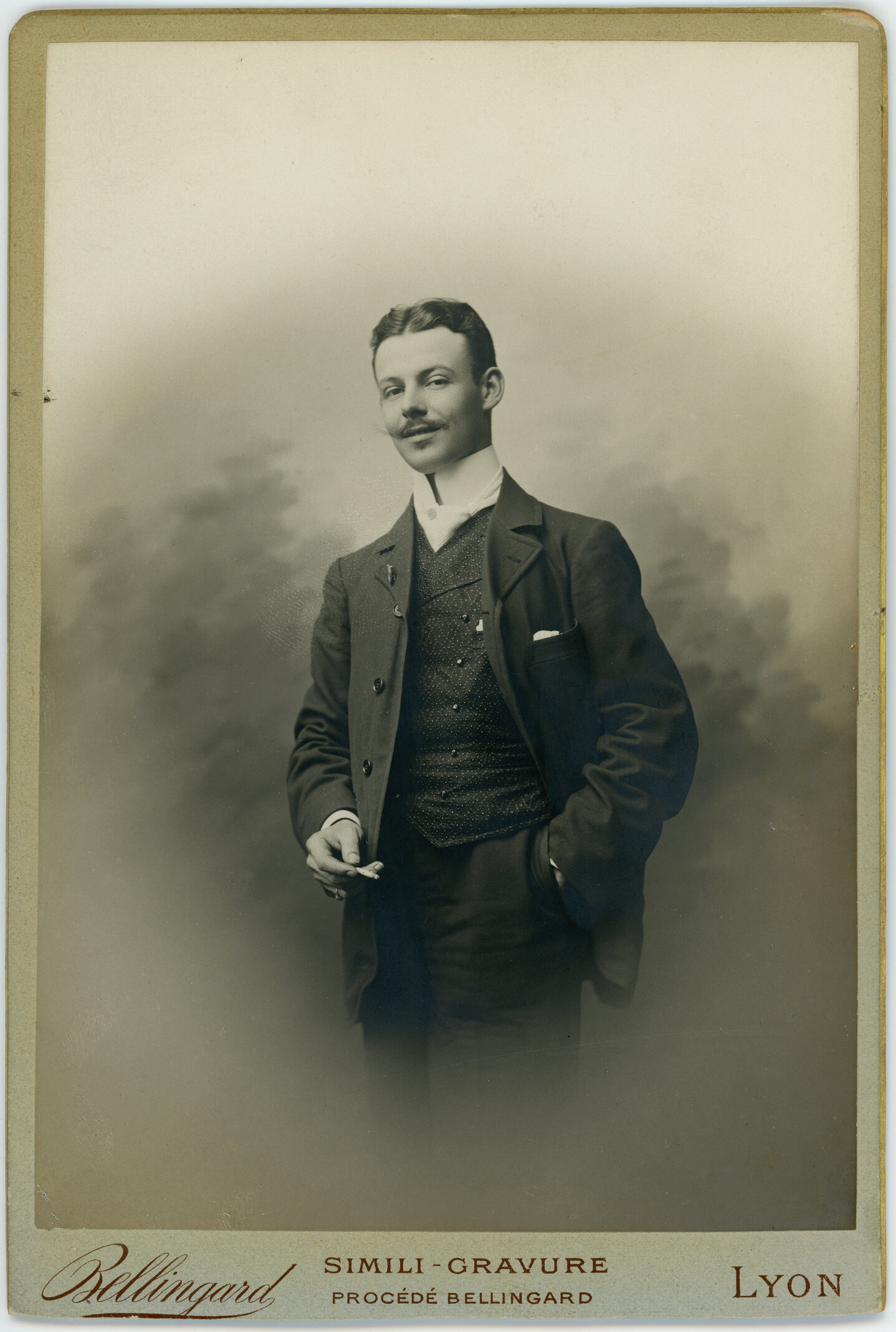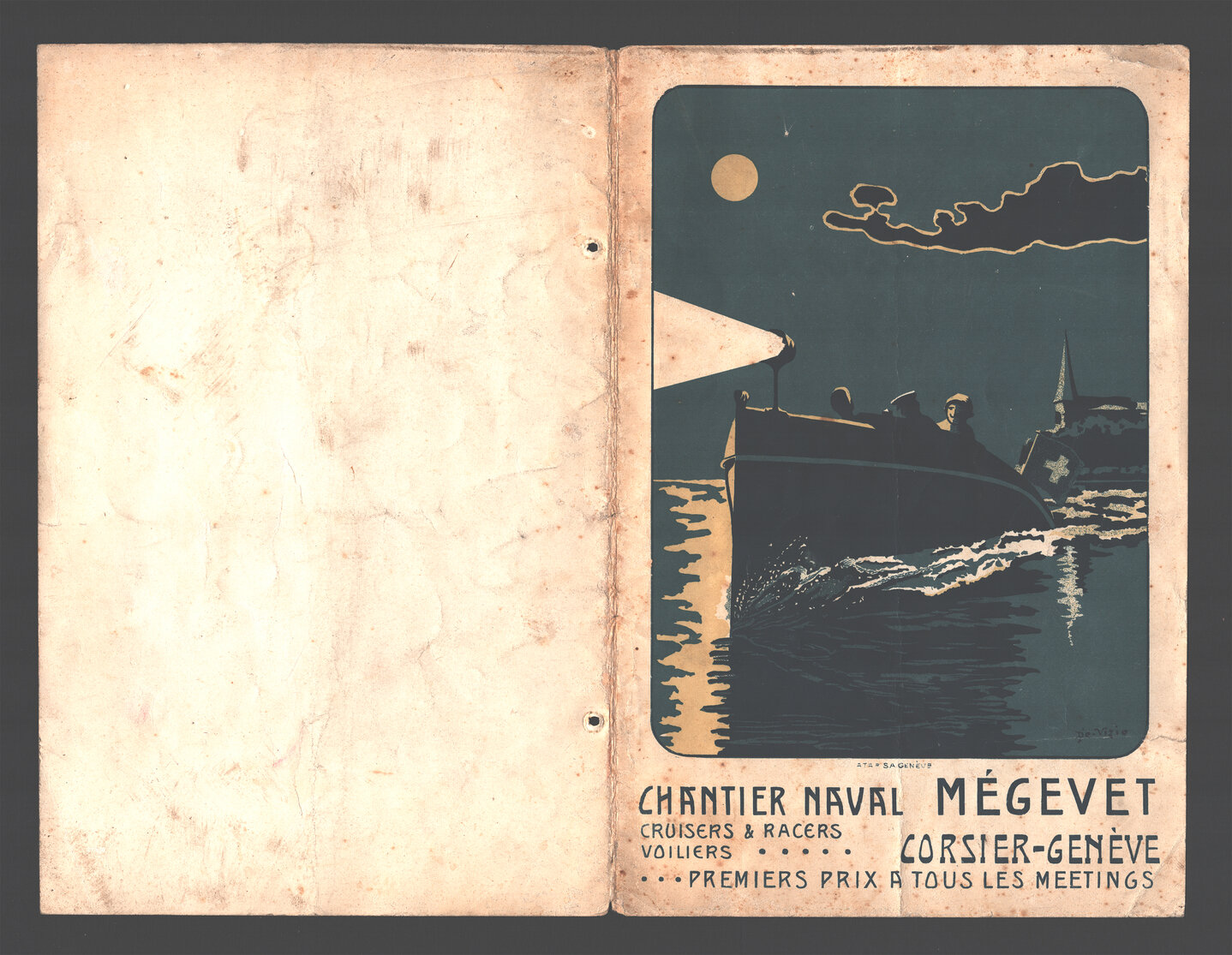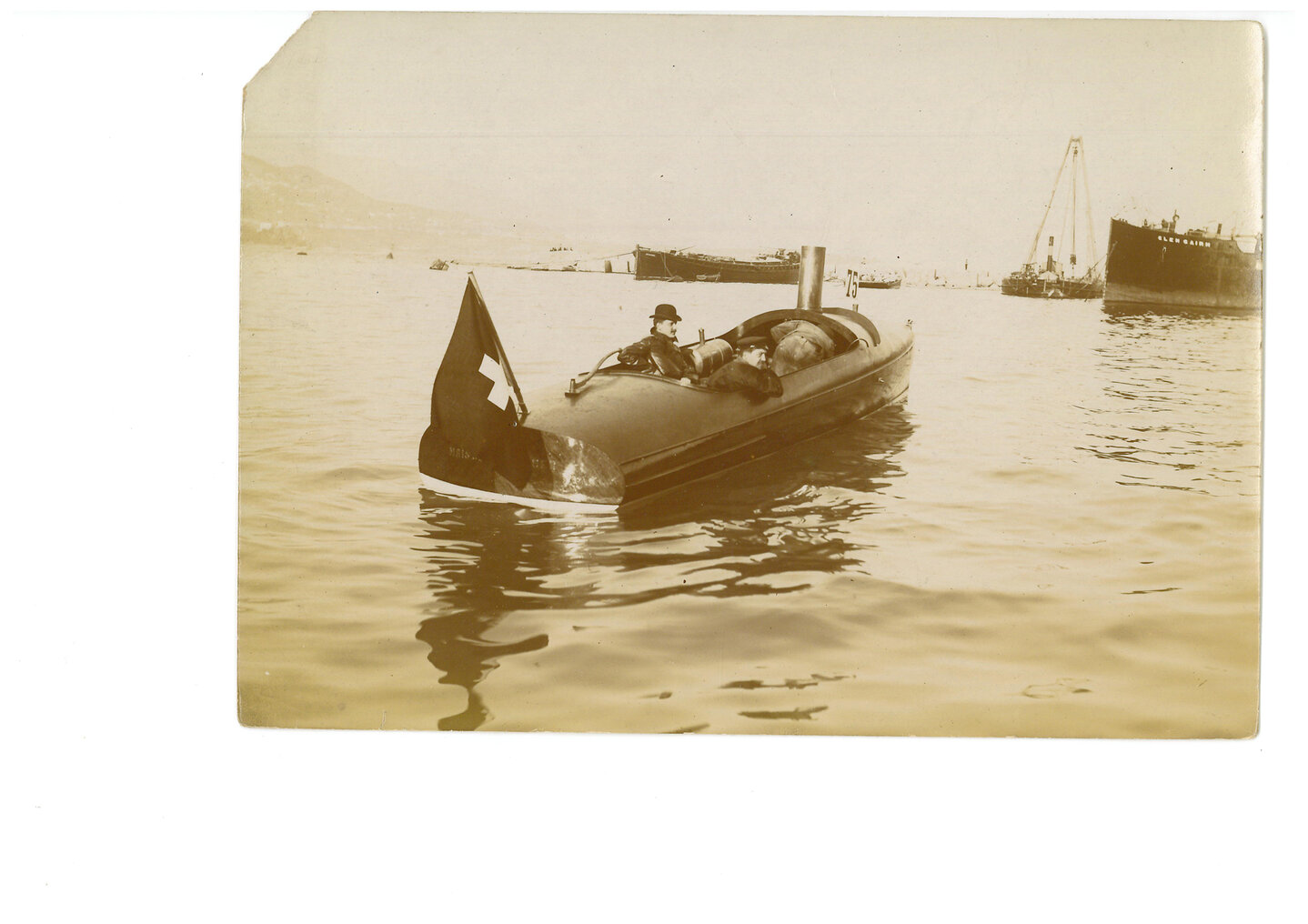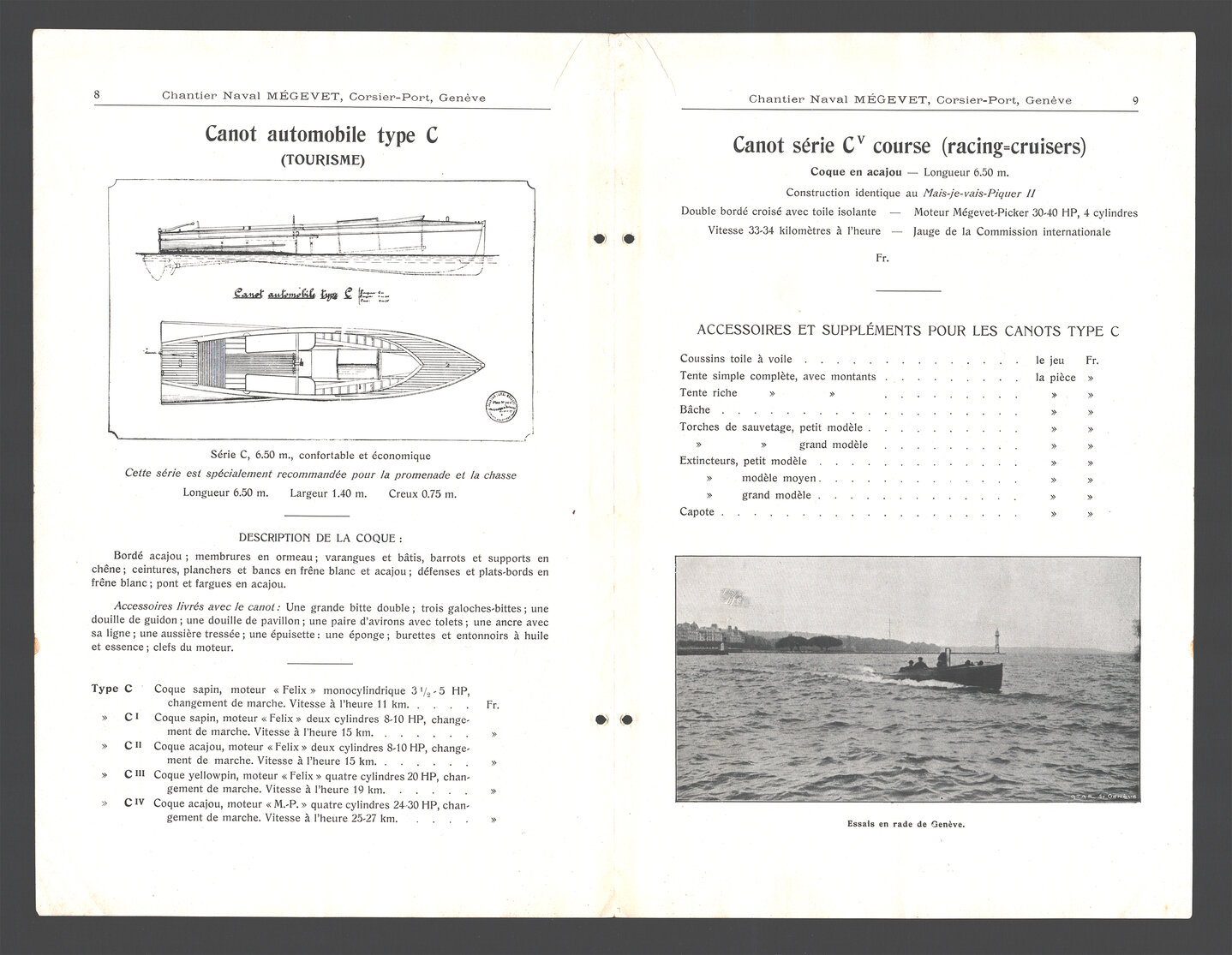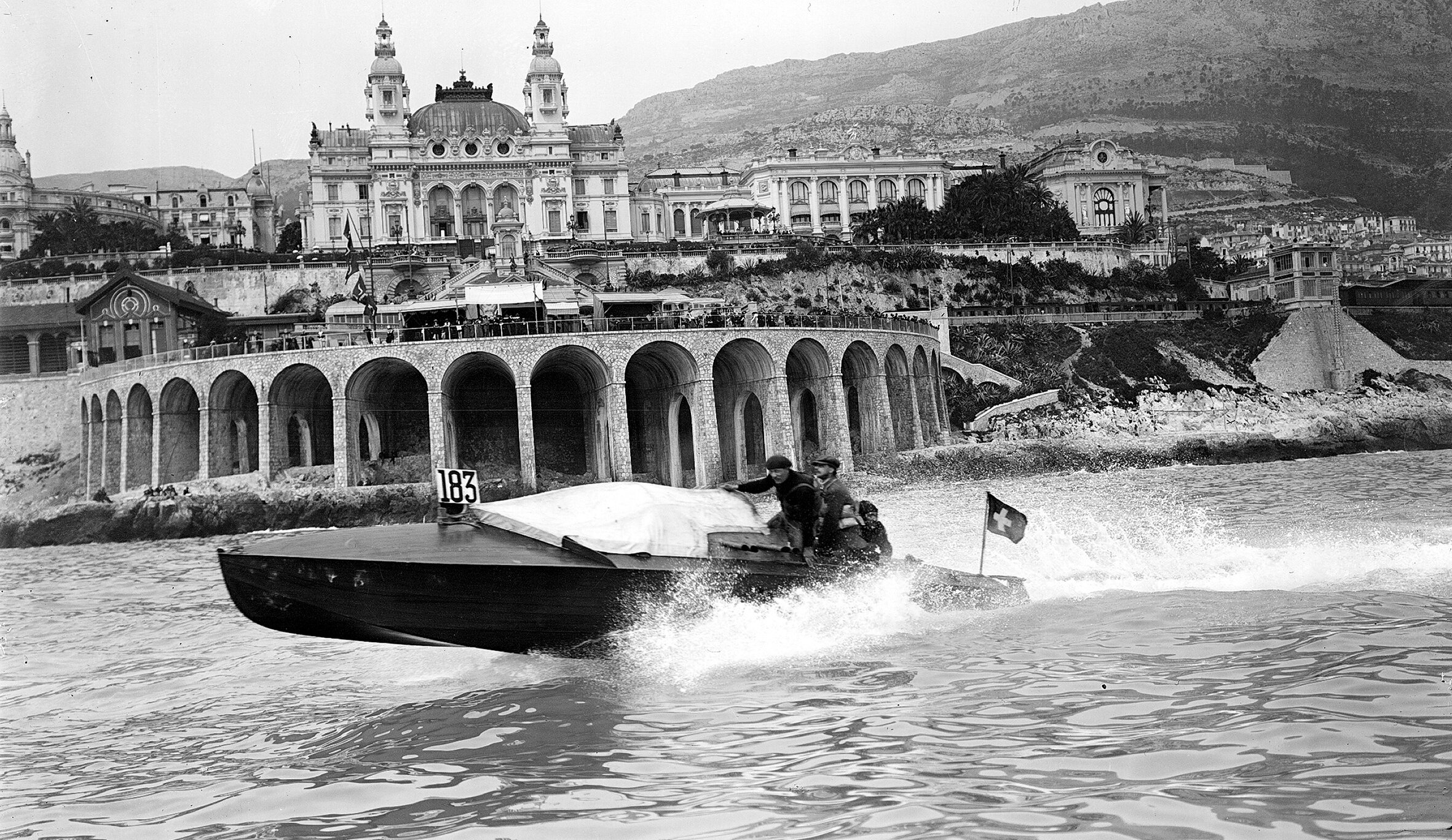
From Daniel Charles*
Until 1925, every day in Graubünden was car-free, as cars were banned there. In other cantons, however, driving was only banned on Sundays. Foreign automobile clubs recommended avoiding Switzerland, whose car phobia was almost as well known as its watches and chocolate. The triumph of the automobile in Switzerland is due to one man alone - Jules Mégevet (1874-1932) from Geneva. He helped to harmonize traffic regulations across the cantons (from 1904) and launched the Geneva Motor Show in 1905. From 1907, he was responsible for the motorization of the Swiss army and headed the Swiss Automobile Club for nine years, i.e. from 1916 to 1925. Until the First World War, he supplied around 40% of the radiators for all cars built in Europe. And until the recent publication of the book "L'Entreprenant Monsieur Mégevet", he had been completely forgotten.
The history of transportation
Jules Mégevet was also a pioneer of motorboat racing, winning numerous victories with his racing boats and setting five world records. He built up a shipyard in Corsier-Port in the canton of Geneva, which grew from one owner to the next. In 2018, the partners converted their shipyard into a foundation and asked me to write a booklet about the little-known founder. Nobody could have guessed at the time that this booklet would turn out to weigh 2.5 kg, have 288 pages and 418 illustrations.
Actually, I just wanted to go through the historical highlights of boating, which I had been involved with for 40 years. But then, during my research, I fell under the spell of the history of transportation - from the emergence of the automobile to the first attempts at individual transportation. The supposedly insignificant turned out to be unexpectedly multifaceted and brought to light new facets that revealed, illustrated and made comprehensible this significant historical turning point. In two short, world-changing decades, machine-driven individual means of transportation such as motorcycles, cars, boats and airplanes emerged.
Picture book career
Jules Mégevet provides the ideal starting point for this historical exploration, as this affable, polite and dynamic man was a jack of all trades and the first networker in history. His ambitions, the difficulties and constraints to which he was exposed, reveal a revealing view of an environment that would not be available if (for example) the extraordinary life story of Henry Ford were documented in faraway America. Even though Mégevet was neither particularly important nor particularly rich, his unique career cannot even be described in superlatives.
A thirst for adventure
Accurately recording the stages of his life was like looking for a needle in a haystack and swallowed up all the resources of the young Fondation Mais-Je-Vais-Piquer in 1909. The name of the foundation - incidentally also the name of the Geneva native's racing boats - is a play on the words Mégevet and Picker, a designer of boat hulls and engines. It took 15 months before individual pictures on glass were finally found in a container in the catacombs of a parking garage in Monaco. Ten months were spent searching for spectacular images of the races in Evian and another two months reconstructing the shapes of the Mais-Je-Vais-Piquer I, II and X boats. Sometimes, however, the weeks-long search for clues was in vain and came to nothing. A mammoth project!
The series continues with a work on other clever Geneva heroes of a forgotten industrial era - namely the illustrious Dufaux family, several of whose means of transportation such as motorcycles, cars and aircraft are on display at the Lucerne Museum of Transport.
